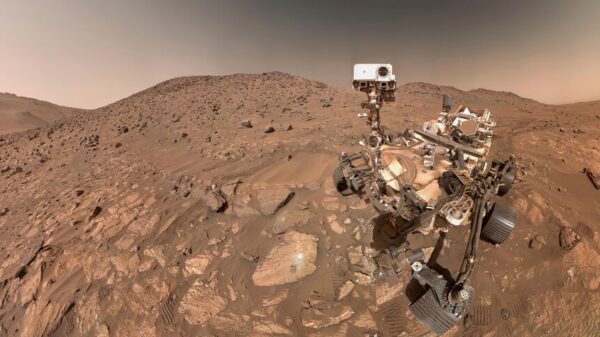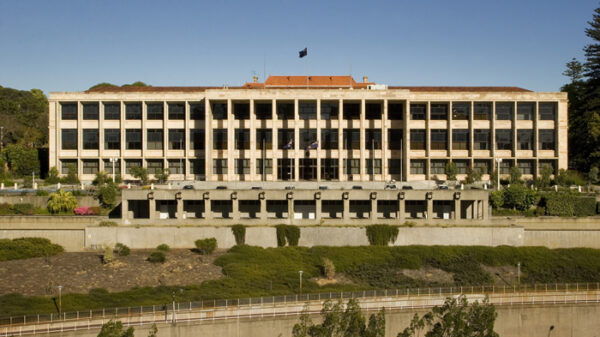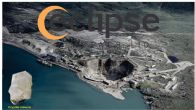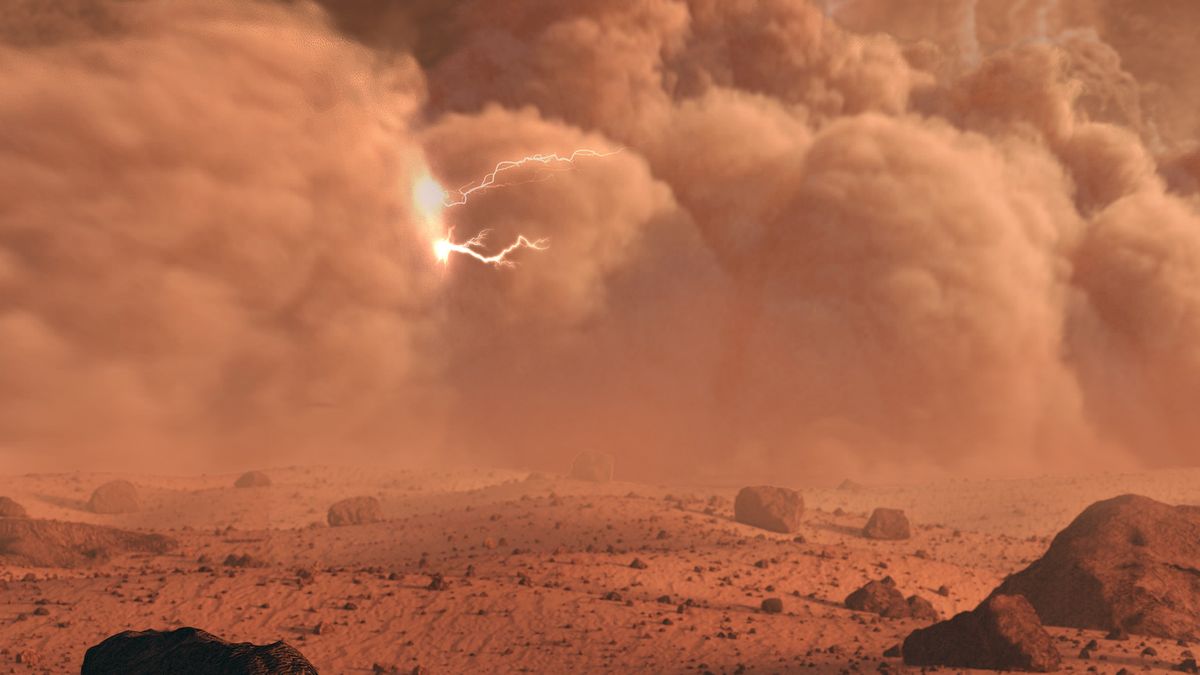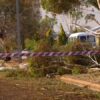A significant milestone in space exploration has occurred as NASA’s Perseverance rover has recorded lightning on Mars for the first time. This groundbreaking discovery provides new insights into Martian weather and the atmospheric conditions necessary for electrical discharges on the red planet. Over a span of two Martian years, the rover identified 55 lightning events during dust storms and dust devils, marking a first in planetary science.
Understanding Martian Lightning
The phenomenon of lightning is thought to occur when turbulent atmospheric conditions agitate particles, generating electric charge. On Earth, this process is evident in storm clouds, where moisture plays a vital role. Yet, lightning has also been observed in various other scenarios, such as volcanic eruptions and sandstorms, which suggests that the absence of water does not preclude the occurrence of electrical discharges.
Scientists have long theorized that similar conditions could exist on Mars, despite its thin atmosphere, which is primarily composed of carbon dioxide. Previous models indicated that if lightning were to occur, it would likely be near the surface where atmospheric pressure is highest. Fortunately, the Perseverance rover, equipped with a microphone capable of detecting such events, was well-positioned to provide critical data.
The team, led by planetary scientist Baptiste Chide from the University of Toulouse, meticulously analyzed 28 hours of recordings made by the rover’s SuperCam microphone. Among the findings were 55 events, seven of which displayed a clear electrical discharge signature. These events were characterized by an initial electromagnetic “blip” followed by an 8-millisecond relaxation period. The concluding signature was akin to a tiny sonic boom, reminiscent of a faint clap of thunder.
Implications for Future Exploration
To validate their findings, researchers replicated the electrical discharge profile using a SuperCam replica on Earth, confirming the Martian recordings. Interestingly, the majority of the recorded lightning events—54 out of 55—occurred during the most robust wind conditions noted by the rover, often coinciding with the leading edges of dust storms.
Notably, while the electrical discharges recorded on Mars were relatively small, the largest one was measured at 40 millijoules, a stark contrast to the average Earth’s cloud-to-ground lightning discharge of approximately 1 billion joules. This indicates a fundamentally different mechanism at play on Mars.
The discovery of lightning on Mars carries profound implications for future exploration missions. Understanding the potential for electrical discharges can guide the design of technology that can withstand these phenomena. Additionally, as researchers model the chemical reactions in Mars’ atmosphere influenced by lightning, they can refine theories regarding the planet’s potential to support life.
Chide and his colleagues emphasize the importance of this study, stating, “This study opens a notable field of investigation for the atmosphere of Mars… and motivates the development of new atmospheric models to account for electrical phenomena and their consequences in the Martian atmosphere.” These findings have been published in the prestigious journal Nature, marking a significant contribution to our understanding of Martian weather and its broader implications for astrobiology.









